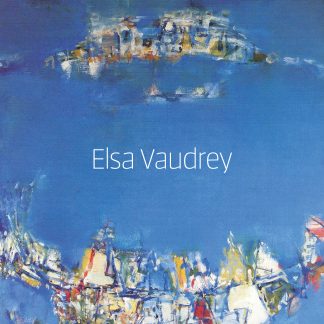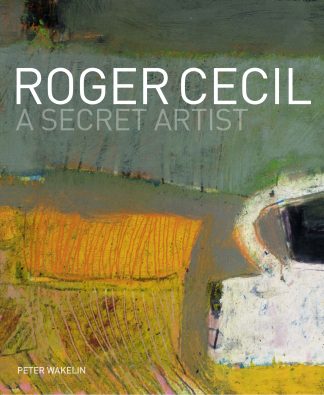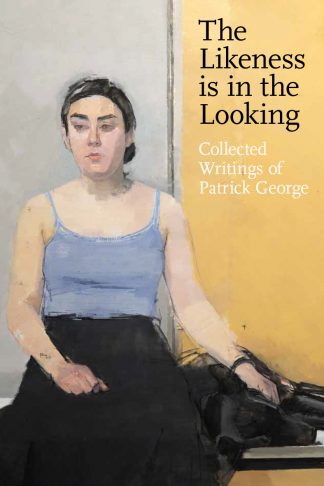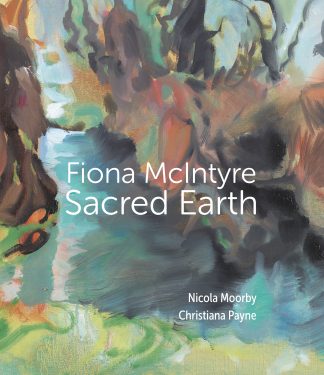Description
Fiona McIntyre: Sacred Earth is a journey through the landscapes of the North Atlantic – Iceland, Scotland, Spain – places that have inspired artist McIntyre since 1993. This book consolidates deeply personal experiences with universal themes. Through painting, drawing, and print, it explores spiritual and mythical beliefs that resonate across cultures and ancient landscapes, and which the artist transmutes from physical matter into art. Rejecting modern synthetic paint, McIntyre began the process of processing and mulling mineral pigments and foraged oxides from riverbanks into paint. This hands-on process of connecting directly with Earth is a central motif, resulting in a body of numinous work. The mineral pigments have a translucent quality, as if capturing the light and memory of the landscapes from which they were sourced. This unique medium becomes a thread that ties the work together, imbued with an awareness of the fragility of precious ecosystems and ancestral memory. McIntyre’s goal is to make authentic art that unites us all with our shared origins on this planet.
Two eminent art historians are contributing essays on the artist.
About the authors:
Christiana Payne is Professor Emerita of History of Art at Oxford Brookes University. She has published widely on British art of the eighteenth and nineteenth centuries including on Samuel Palmer and William Blake. Her books include Toil and Plenty: Images of the Agricultural Landscape in England 1780-1890 (Yale University Press, 1993), Where the Sea meets the Land: Artists on the Coast in Nineteenth-century Britain (Sansom and Company, 2007), John Brett, Pre-Raphaelite Landscape Painter (Yale University Press, 2010) and Silent Witnesses: Trees in British Art, 1760-1870 (Sansom and Company, 2017). Christiana Payne’s introduction on McIntyre will focus on myth and meaning to contextualise the artist’s work within art history.
Nicola Moorby is an art historian and curator specialising in British art of the nineteenth and early twentieth centuries with particular interest in landscape, watercolour and historic techniques and materials. As a researcher at Tate she contributed to two major online publications: The Camden Town Group in Context; and J.M.W. Turner: Sketchbooks, Drawings and Watercolours, and has numerous other publishing credits. She is the author of Turner and Constable: Art, Life, Landscape (Yale University Press 2025) and co-editor and author of How to Paint Like Turner (Tate Publishing 2010). An Art Society accredited lecturer she also teaches for the Short Courses department of the Courtauld Institute of Art and has appeared as an expert on television and radio. She will be interviewing McIntyre to explore her contemporary use of pigments and techniques, and the influences that have inspired her practise.





